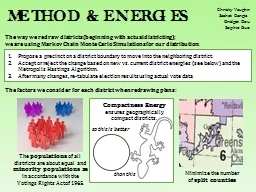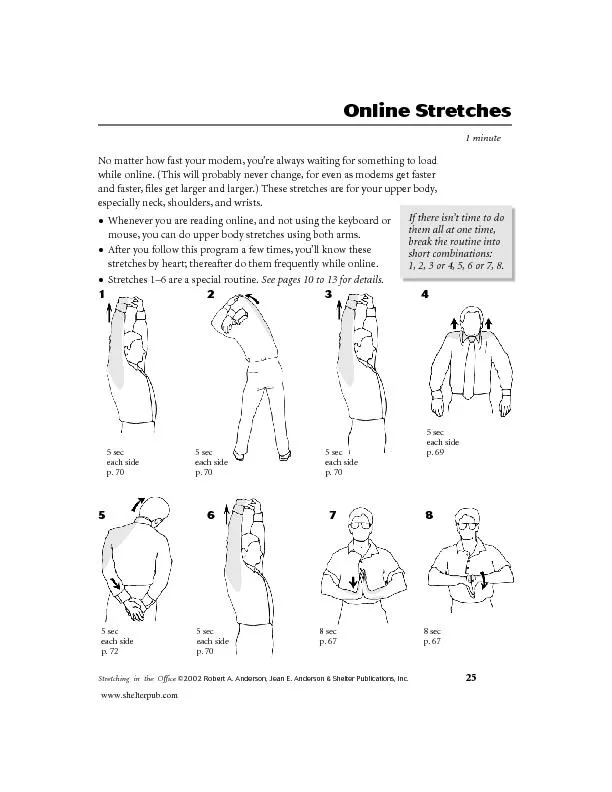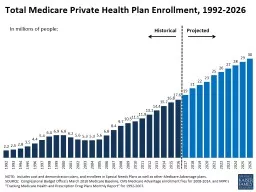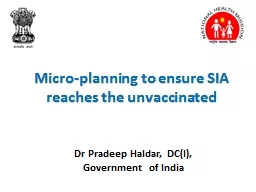PPT-The factors we consider for each district when redrawing plans:
Author : tatyana-admore | Published Date : 2018-10-25
The populations of all districts are about equal and minority populations are in accordance with the Votings Rights Act of 1965 so this is better than
Presentation Embed Code
Download Presentation
Download Presentation The PPT/PDF document "The factors we consider for each distri..." is the property of its rightful owner. Permission is granted to download and print the materials on this website for personal, non-commercial use only, and to display it on your personal computer provided you do not modify the materials and that you retain all copyright notices contained in the materials. By downloading content from our website, you accept the terms of this agreement.
The factors we consider for each district when redrawing plans:: Transcript
Download Rules Of Document
"The factors we consider for each district when redrawing plans:"The content belongs to its owner. You may download and print it for personal use, without modification, and keep all copyright notices. By downloading, you agree to these terms.
Related Documents














